Samsung Galaxy Z Fold 7 vs. Google Pixel 9 Pro Fold: How do the top Android foldables compare?
Samsung's next is trying to beat Google's best.
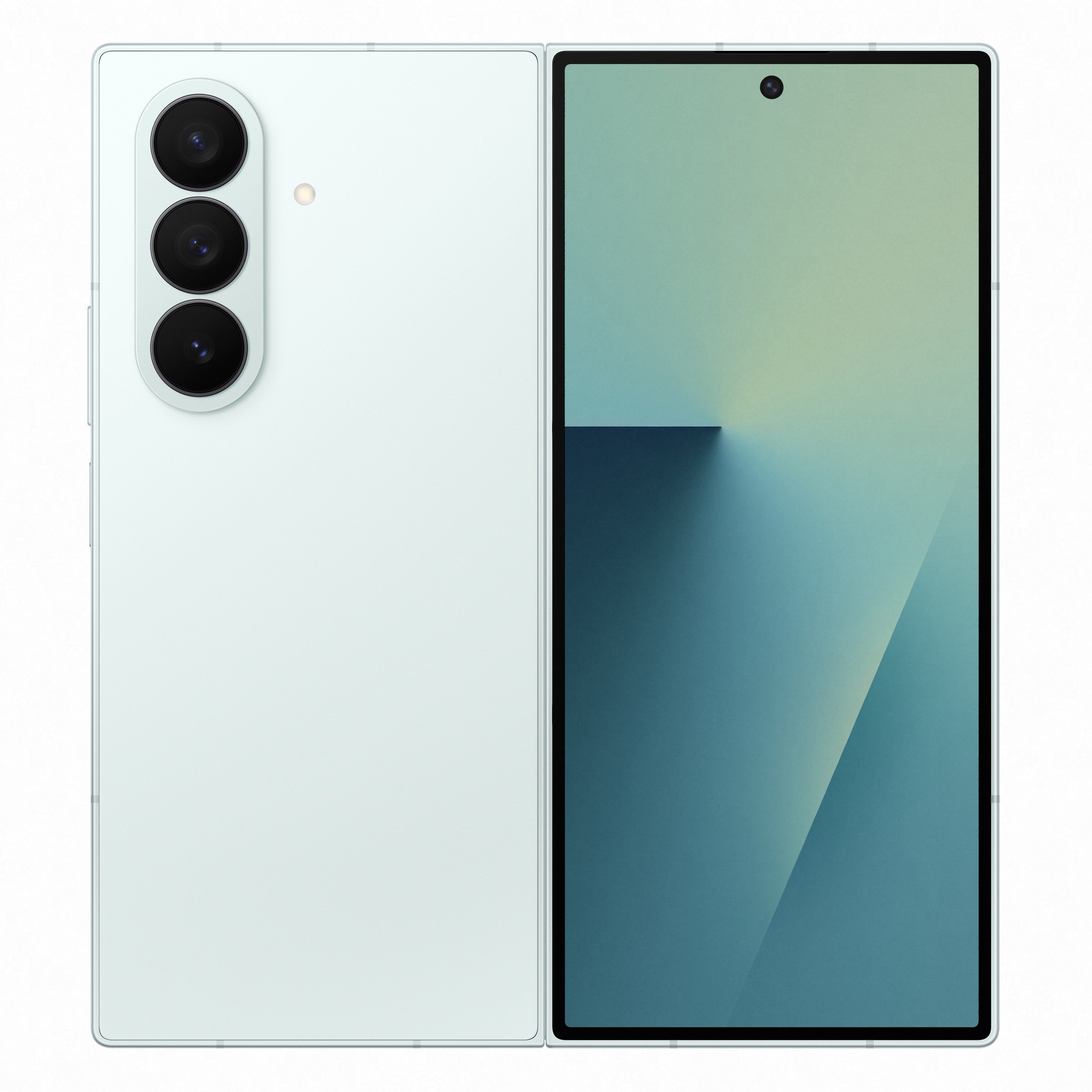
Samsung's thinnest foldable
It might've taken Samsung longer to do it, but the thin and light Galaxy Z Fold 7 finds an excellent balance. It's lighter than traditional flagships while packing an 8-inch main screen for content consumption, productivity, and more. There's also a 200MP main camera sensor for top-notch photos.
Pros
- Redesigned form factor with wider cover screen and thin profile
- Best-in-class performance due to Snapdragon 8 Elite for Galaxy chipset
- 200MP main camera sensor helps take better photos
Cons
- Costs $200 more than Google's foldable
- Drops stylus support
- Secondary camera lenses are unchanged
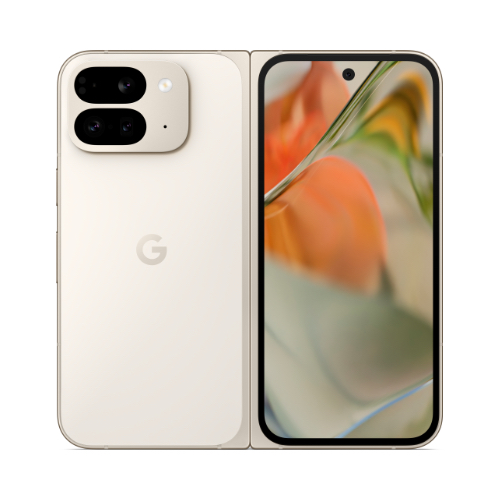
Google's thin and sleek foldable
Google's Pixel 9 Pro Fold is nothing short of a breakthrough, with a slim profile that's barely thinner than a normal Pixel 9 Pro XL when closed. The phone also sports a quality main camera sensor and a wide cover display. As such, it's arguably the phone for Samsung to beat in the U.S.
Pros
- Excellent, bright cover and main displays with a wide aspect ratio
- Redesign features thin form factor
- Great battery life
- Solid camera quality, for a foldable
Cons
- Held back by the Tensor G4 chip
- Strangely-placed wireless charging coil and large camera bump make for compatibility issues
- Expensive
- Pixel 10 Pro Fold is coming this fall
The Google Pixel 9 Pro Fold was the first book-style foldable to try slimming down for the U.S. market, and the Samsung Galaxy Z Fold 7 continues that trend. Samsung's latest foldable now weighs less than a typical flagship and is massively thinner than the prior generation. It's also equipped with a high-end Qualcomm chipset, a 200MP camera, and other perks.
It comes with a price hike, too, making the cheaper Google Pixel 9 Pro Fold potentially more attractive. Although the Pixel 9 Pro Fold is due to be replaced soon, it's still an excellent Android foldable that will only get more affordable with discounts and promotions. Let's dive in and see how these two phones compare!
For more news and information on Samsung’s latest foldables, check out our Ultimate Guide.
Samsung Galaxy Z Fold 7 vs. Google Pixel 9 Pro Fold: Pricing and availability
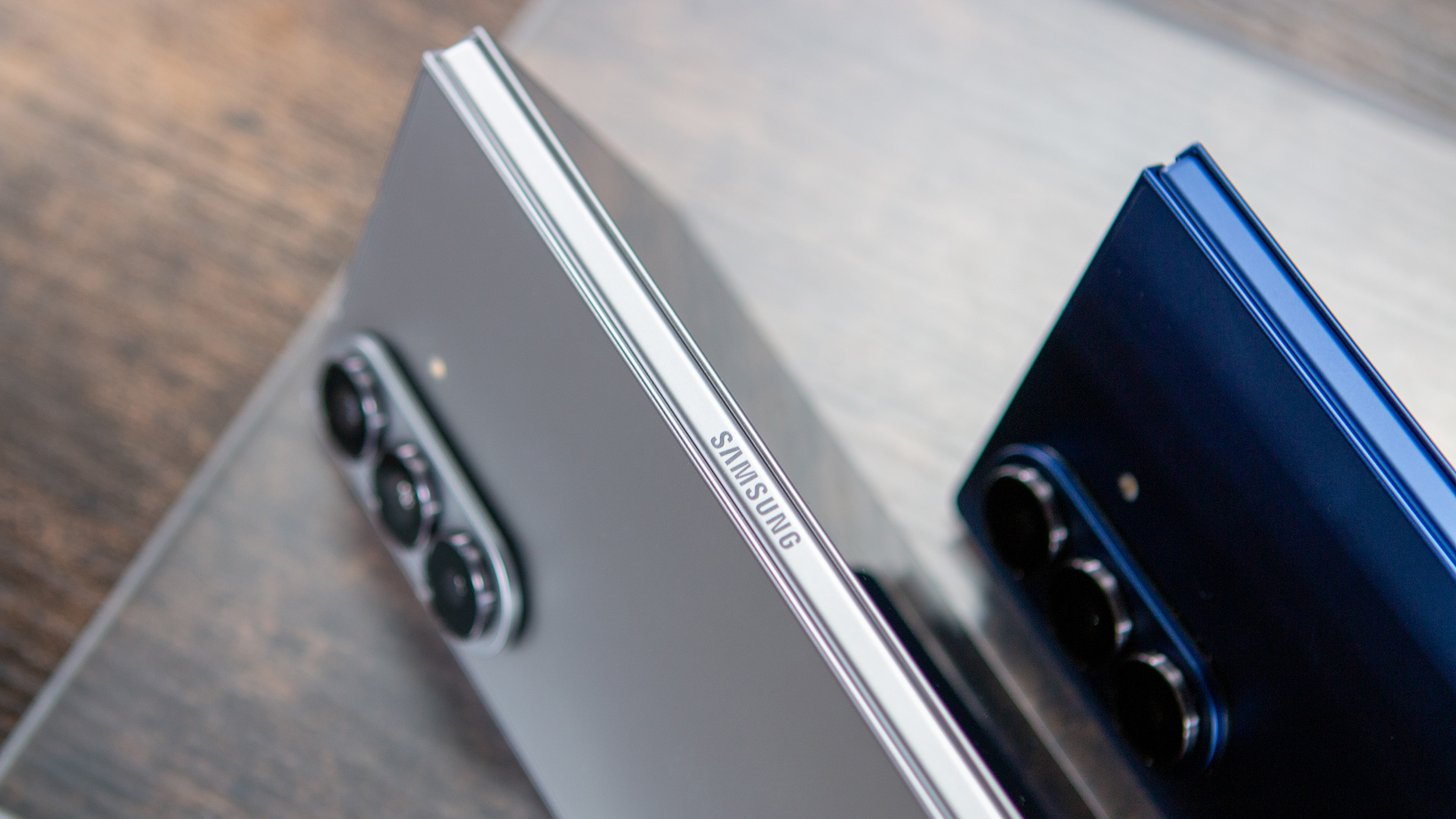
The Galaxy Z Fold 7 was revealed at a Galaxy Unpacked event on July 9, 2025, making the flagship foldable official. It's available for pre-order starting now, and is looking at a July 25 release date later this month. Aside from new features, Samsung is also giving the Galaxy Z Fold 7 a price hike: it costs $1,999 in the U.S.
That's for the base model, which comes with 256GB of storage. You can upgrade to a 512GB or 1TB model at a higher price, and there are multiple colorways to choose from. Silver Shadow, Blue Shadow, and Jetblack are available wherever the phone is sold, whereas Mint is a Samsung online exclusive.
Meanwhile, the Google Pixel 9 Pro Fold was released in Fall 2024 at a starting price of $1,799. You can get it in either 256GB or 512GB storage configurations, and in Porcelain or Obsidian colorways. We'll likely see more Pixel 9 Pro Fold deals and discounts as the phone gets older.
Samsung Galaxy Z Fold 7 vs. Google Pixel 9 Pro Fold: Design and hardware
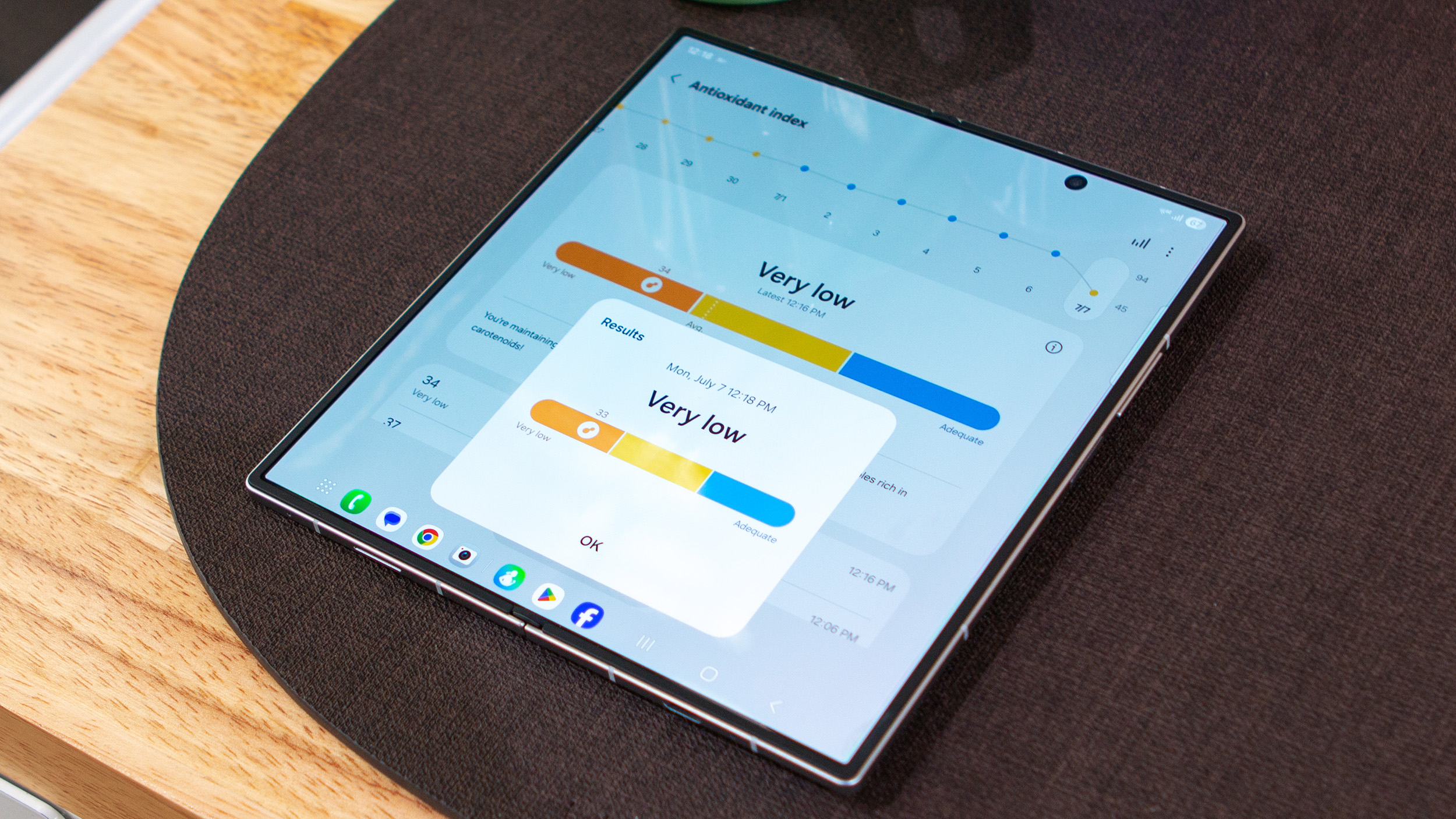
The Samsung Galaxy Z Fold 7's design and displays might not look like a major visual departure from the Galaxy Z Fold 6, but there's more than meets the eye here. For starters, the Galaxy Z Fold 7 offers two new OLED panels that are bigger than those on the previous model. The main, foldable screen is an 8.-inch AMOLED 2X panel this year, with 2,600 nits of peak brightness. The cover screen is a wider, 6.5-inch display with a 21:9 aspect ratio.
Get the latest news from Android Central, your trusted companion in the world of Android
It's also the thinnest Samsung foldable ever, measuring 8.9mm when folded. That's 26% slimmer than the prior generation, making it thinner than even the Google Pixel 9 Pro Fold, which measures 10.5mm thick when shut. The standout feature here is really the phone's weight, though. The Galaxy Z Fold 7 weighs just 215 grams, and that's significantly lighter than the 257-gram Pixel 9 Pro Fold.
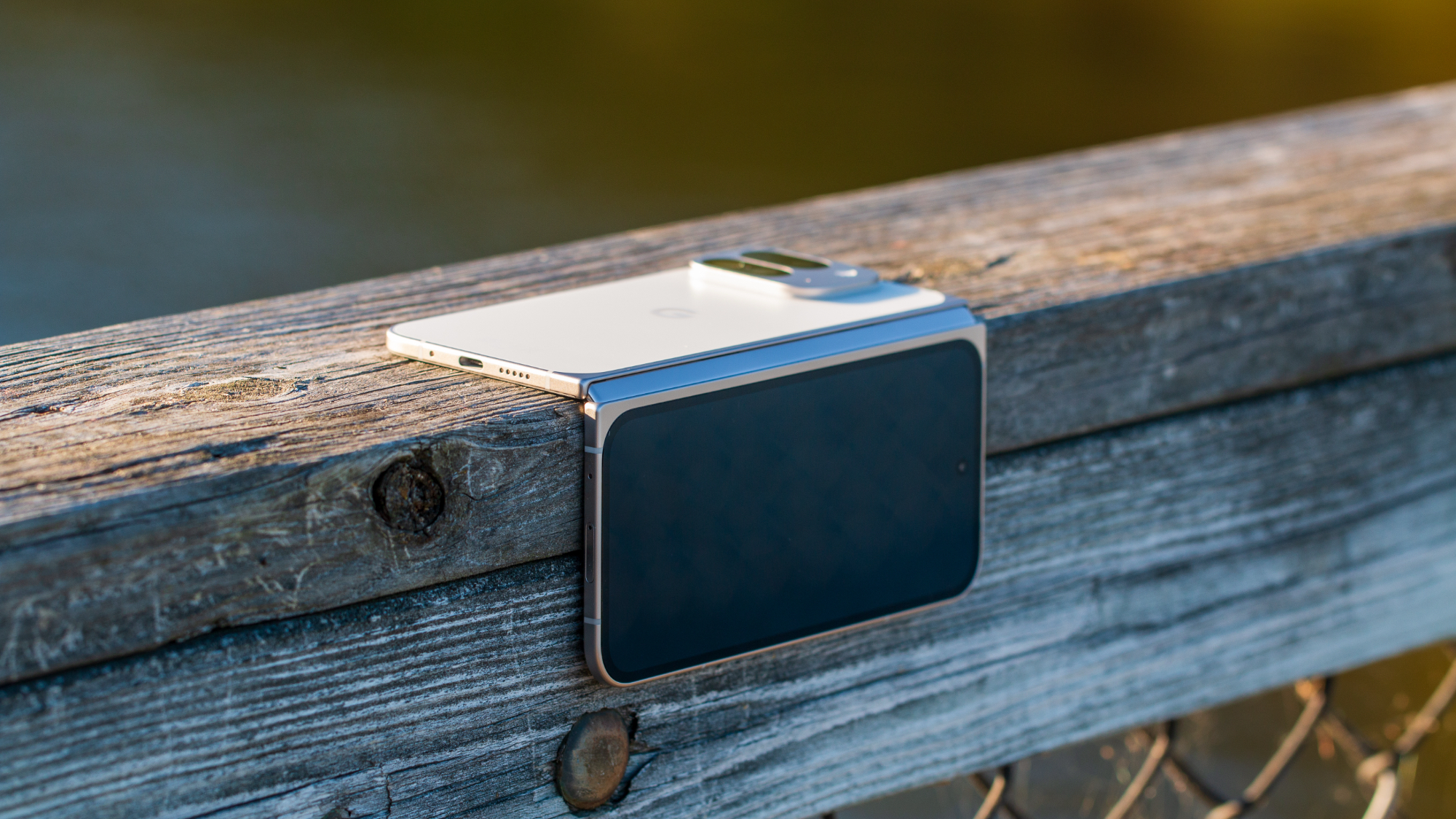
The Google Pixel 9 Pro Fold features the same size inner screen — it's an OLED, LTPO panel supporting variable refresh rates between 1 and 120Hz. The panel is bright, supporting up to 2,700 nits peak brightness. On the outside, you get a similar 6.3-inch OLED cover screen, but this time with variable refresh rates ranging from 60 to 120Hz.
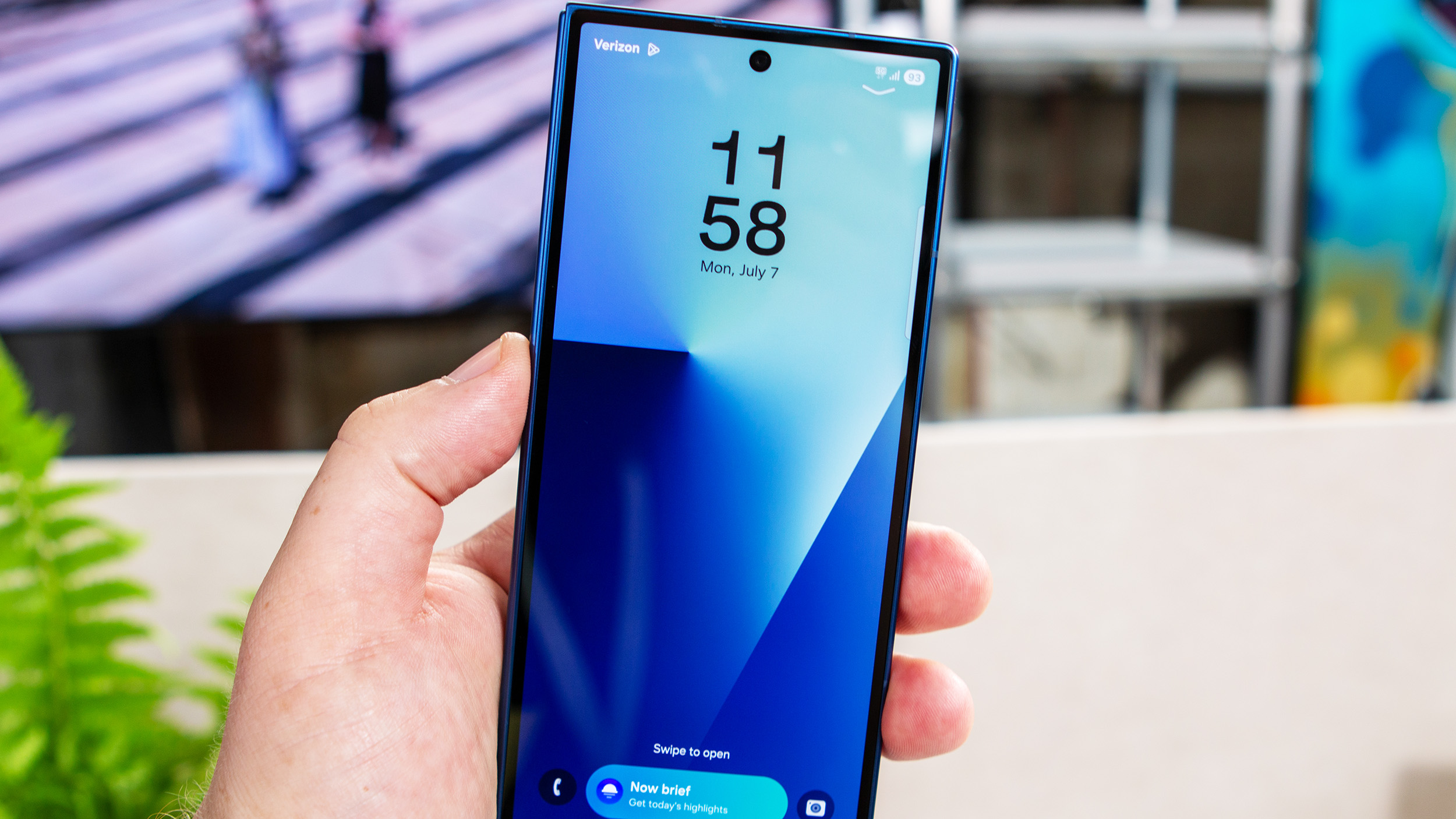
The Pixel 9 Pro Fold features a sleek design with flat side rails and curved corners, whereas the Galaxy Z Fold 7 retains its boxy, rectangular design.
Samsung Galaxy Z Fold 7 vs. Google Pixel 9 Pro Fold: Hardware and specs
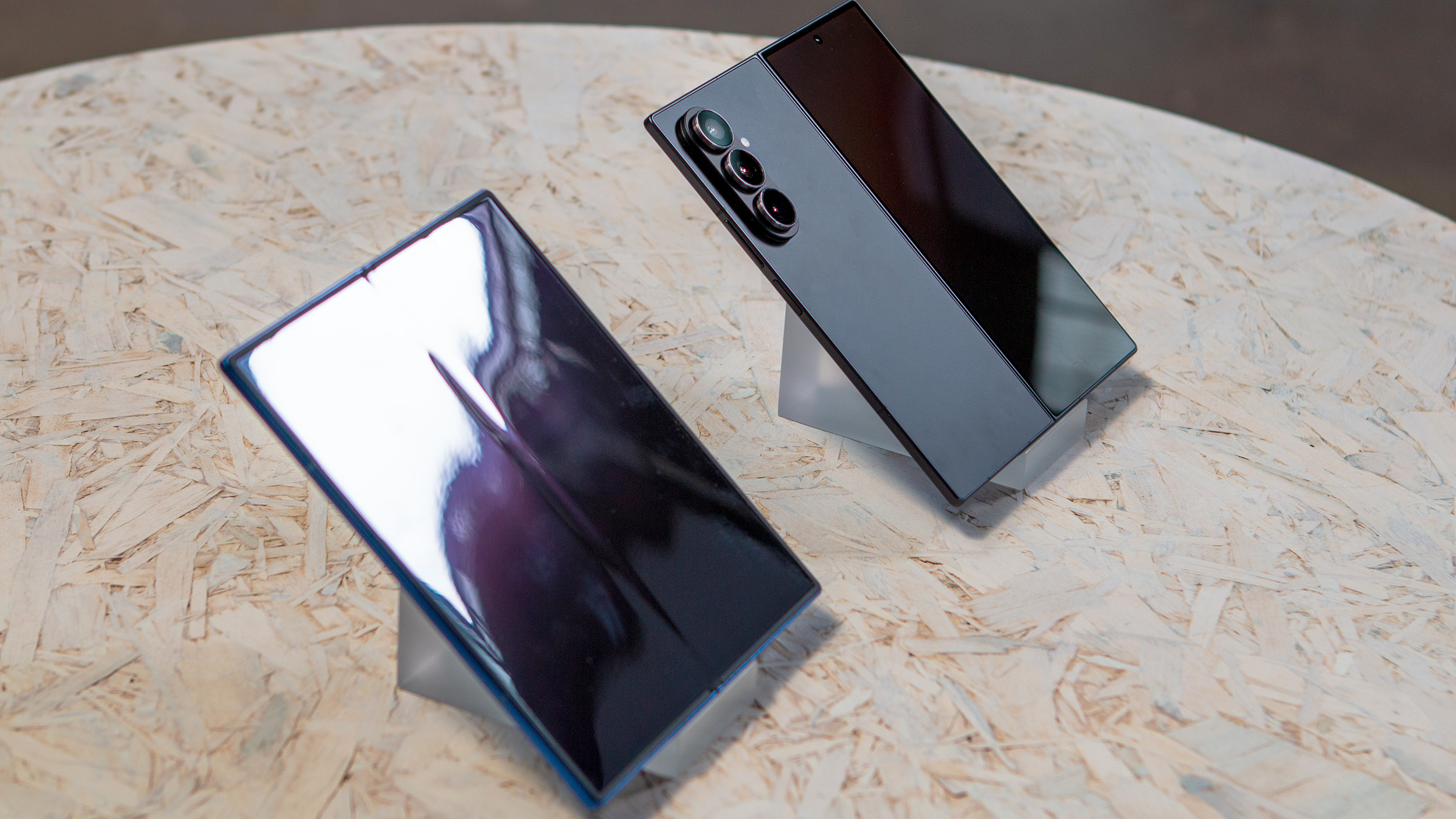
On the inside, the Google Pixel 9 Pro Fold is powered by the Tensor G4 chipset and 16GB of RAM. That's more memory than the Galaxy Z Fold 7 offers, as it sticks with 12GB. However, the Galaxy Z Fold 7 uses the Snapdragon 8 Elite for Galaxy chipset — the most powerful mobile platform for Android. That should ensure that the Galaxy Z Fold 7 handily beats the Pixel 9 Pro Fold in gaming and general performance.
Category | Samsung Galaxy Z Fold 7 | Google Pixel 9 Pro Fold |
|---|---|---|
Folding display | 8-inch Dynamic AMOLED 2x, LTPO (1-120Hz), 2184 x 1968 QXGA+ | 8-inch OLED, LTPO (1-120Hz), 2076 x 2152 resolution, 373 ppi, 2700 nits peak brightness |
Cover display | 6.5-inch Dynamic AMOLED 2X, 2520 x 1080 HD+, Gorilla Glass Ceramic 2 | 6.3-inch OLED, 60-120Hz, 2434 x 1080 resolution, 20:9 aspect ratio, 422 ppi, 2700 nits peak brightness |
Operating System | Android 16 (One UI 8) | Android 14 (upgradeable) |
Processor | Snapdragon 8 Elite for Galaxy | Google Tensor G4 |
RAM | 12GB | 16GB |
Storage | 256GB, 512GB, or 1TB | 256GB, 512GB |
Battery | 4,400mAh | 4,650mAh |
Charging | 25W wired charging, 15W wireless charging, 4.5 reverse wireless | 45W wired charging, Qi wireless charging |
Rear cameras | 200MP main + 12MP ultrawide + 10MP telephoto (3x optical zoom) | 48MP main + 10.5MP ultrawide + 10.8MP telephoto (5x optical zoom) |
Selfie cameras | 10MP (cover display) + 10MP (folding display) | 10MP (cover display) + 10MP (folding display) |
Dimensions | 158.4 x 72.8 x 8.9 mm (folded); 158.4 x 143.2 x 4.2 mm (unfolded) | Folded ( 77.1 x 155.2 x 10.5 mm); Unfolded (150.2 x 155.2 x 5.1 mm) |
Weight | 215g | 257g |
Colors | Silver Shadow, Blue Shadow, Jetblack | Obsidian, Porcelain |
Samsung didn't change the Galaxy Z Fold 7's charging or battery specifications, so there's still only a 4,400mAh capacity here. As a result, it tops out at a 25W wired charging speed. Both figures are less than what the Pixel 9 Pro Fold offers, with 45W wired charging speeds and a 4,650mAh capacity.
Samsung Galaxy Z Fold 7 vs. Google Pixel 9 Pro Fold: Cameras
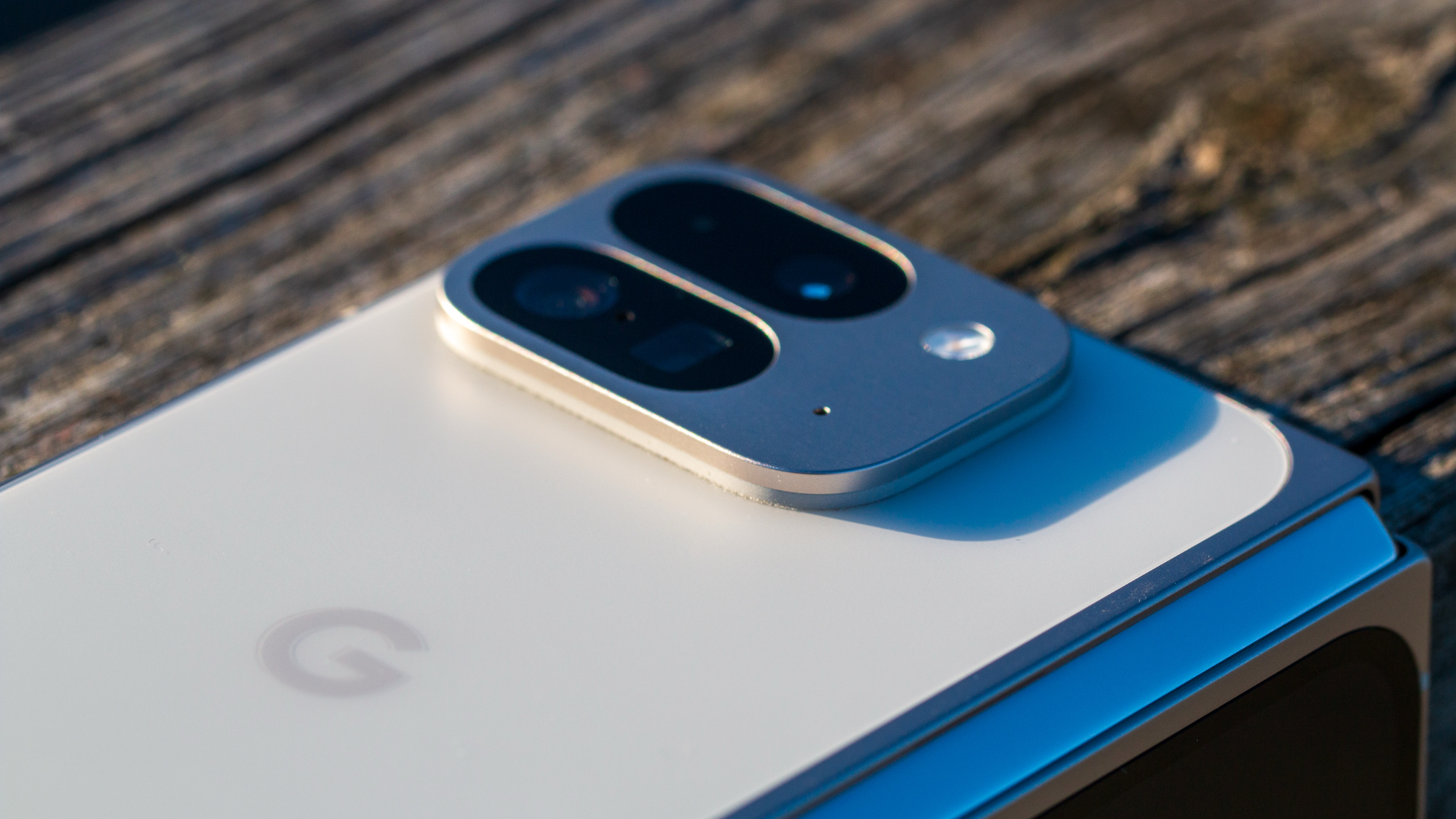
For the first time in a while, Samsung upgraded the main camera sensor on the Galaxy Z Fold 7. It's the same 200MP main sensor found on the Galaxy Z Fold 6 Special Edition launched in China and Korea. This will produce better photos, but it's joined by the same 12MP ultrawide and 10MP telephoto lens as the current Galaxy Z Fold 6. The latter enables 3x optical zoom.
How does that stack up against the Pixel 9 Pro Fold's cameras? Google's foldable device offers a 48MP primary camera, paired with a 10.5MP ultrawide lens and a 10.8MP telephoto lens. That telephoto lens notably offers 5x optical zoom, which is more than the Galaxy Z Fold 7 is expected to offer. While the 48MP primary camera may sound inferior to the 200MP camera on the Galaxy Z Fold 7, sensor size and other specifications will help determine which one is truly the best.
Samsung Galaxy Z Fold 7 vs. Google Pixel 9 Pro Fold: Which one should you buy?
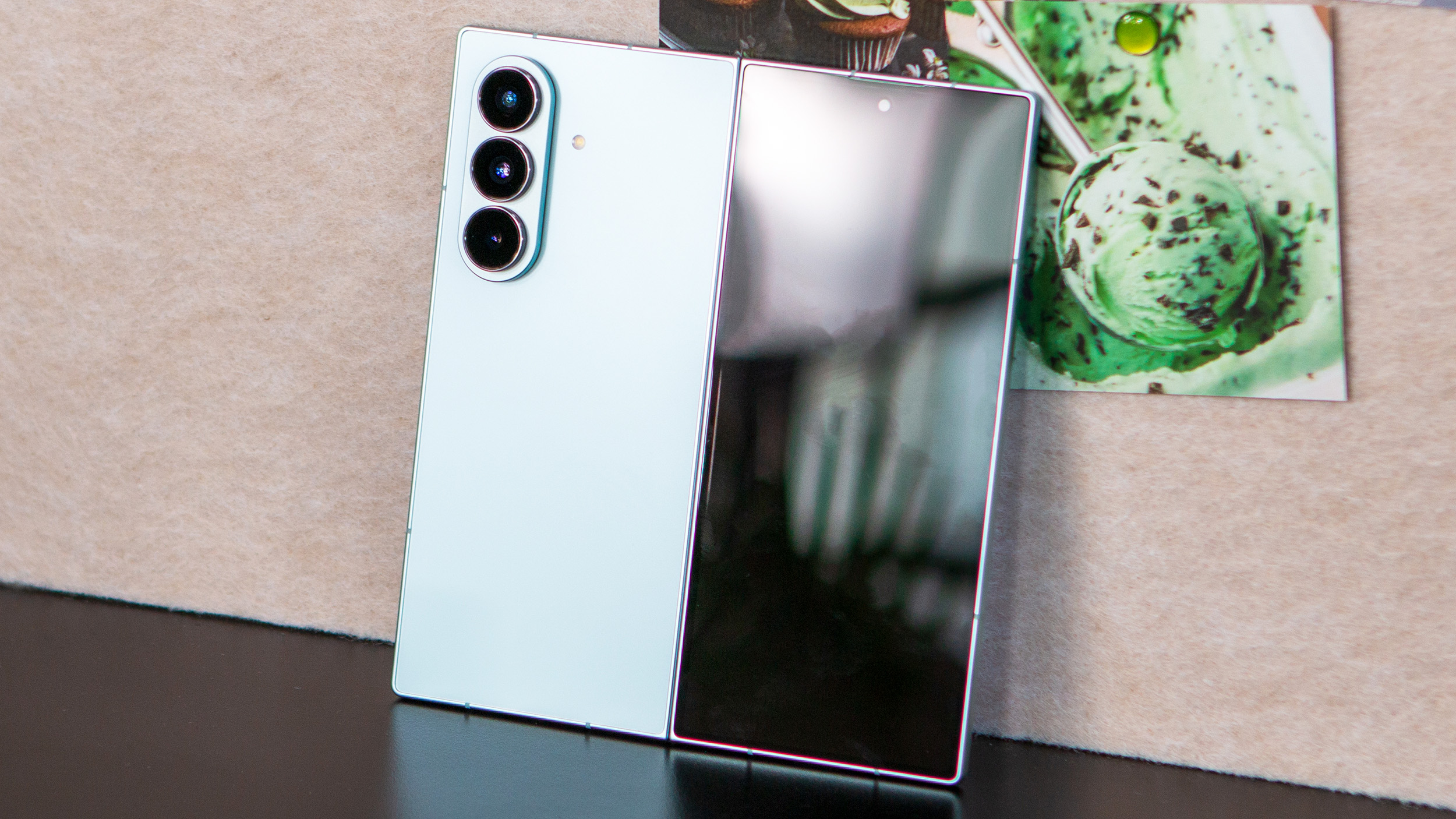
Samsung built on the Galaxy Z Fold 6 in several key areas with the Galaxy Z Fold 7, making it a more well-rounded package. The phone includes a Snapdragon 8 Elite processor, bigger main and cover screens, and a new main camera sensor. Now, it's the Galaxy Z Fold that's thinner than the Pixel Fold, where it was previously the other way around.
This phone is certainly better equipped to beat the Pixel 9 Pro Fold than its predecessor, but the price tag will give prospective buyers pause. The Samsung Galaxy Z Fold 7 is expensive, and people who'd rather save a few bucks can grab the Pixel 9 Pro Fold at prices that are easier to stomach.

The perfect package
Samsung addressed all the areas that previously made the Google Pixel 9 Pro Fold great with its new Galaxy Z Fold 7. It's thinner and finally includes a main camera upgrade, plus larger screens. If you can live with the price, this is a well-rounded Android foldable.

The one to beat
Google's Pixel 9 Pro Fold is still going strong as arguably the best foldable phone you can buy in the U.S. Based on current rumors and leaks, it seems unlikely Samsung will top the Pixel 9 Pro Fold with its upcoming Galaxy Z Fold 7. Only time will tell, though.

Brady is a tech journalist for Android Central, with a focus on news, phones, tablets, audio, wearables, and software. He has spent the last three years reporting and commenting on all things related to consumer technology for various publications. Brady graduated from St. John's University with a bachelor's degree in journalism. His work has been published in XDA, Android Police, Tech Advisor, iMore, Screen Rant, and Android Headlines. When he isn't experimenting with the latest tech, you can find Brady running or watching Big East basketball.
You must confirm your public display name before commenting
Please logout and then login again, you will then be prompted to enter your display name.
